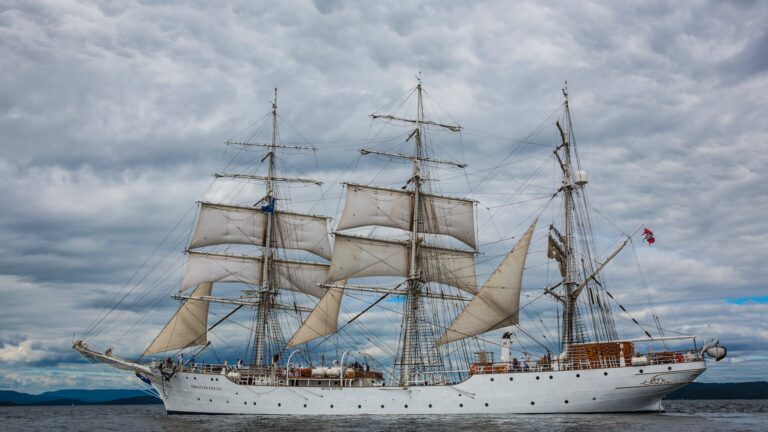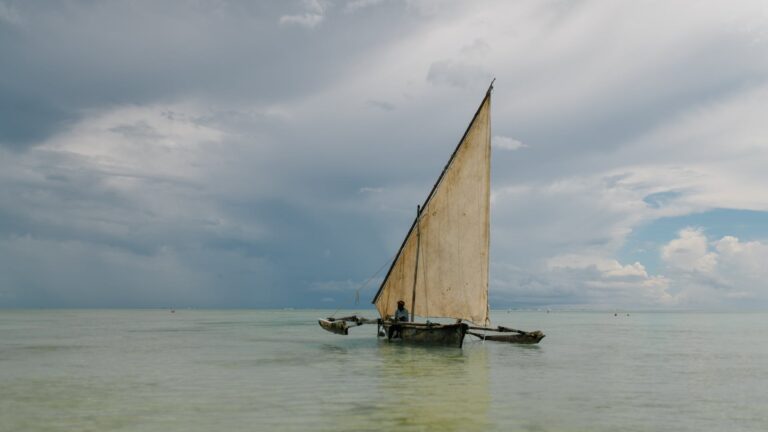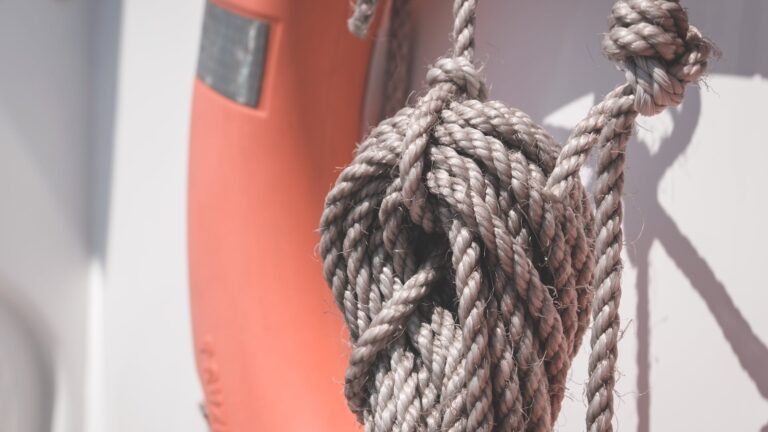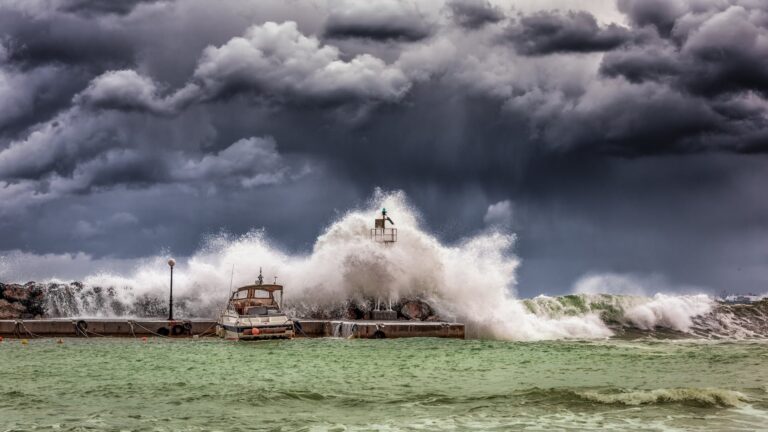How Did Early Sailors Navigate The oceans?
Introduction
Navigating across the vast oceans has been a challenge for sailors since time immemorial, and yet somehow they have managed to traverse these waters with incredible accuracy under difficult conditions.
In this article, we will explore the various methods which have been used by sailors throughout history to navigate their way across the open seas, from early prehistoric navigation tools to modern GPS technology.
Prehistoric Navigation
The earliest forms of navigation were used by prehistoric man and involved observing landmarks or watching the direction of the sun and stars in order to find their way across the open sea.
Few ancient sailors ventured out into the open sea, preferring instead to stay within sight of land in order to navigate more easily. When that was impossible, they had to watch the stars to mark their position in the night sky and determine where they were headed along their journey.
Early Navigation Tools
Early navigation tools included primitive compasses fashioned out of lodestones, sticks or driftwood, as well as other techniques such as dead reckoning (using a speed-time-distance formula) and taking bearings from bird migrations or wave patterns on the sea surface in order to determine direction and distance travelled.
With these rudimentary tools, sailors were able to estimate their approximate position without having any maps or instruments at their disposal – something which was no small feat considering how vast the oceans are!
Using the Sun and Stars
Sailors also used celestial navigation in order to determine their position by observing the sun during daytime hours or stars at night time – this method was particularly useful when sailing out of sight of land where there were no landmarks or other signs of orientation available nearby.
By noting down their exact latitude (measured relative to north) and longitude (measured relative to east), they could accurately estimate how far away they were from any given point on a map – something which would prove invaluable for future expeditions!
Understanding Currents & Winds
In addition to using celestial navigation, sailors also had to understand how currents & winds affected their journey – both of which could drastically alter a ship’s course if not taken into account beforehand!
By studying wind patterns & ocean currents, they were able to plan ahead & adjust their course accordingly in order to reach their destination faster & more safely than if they had just relied on luck alone!
The Development of Maps
As sailing technology advanced over time, so too did mapping techniques – with cartographers creating increasingly detailed maps which showed coastlines & islands in greater detail than ever before!
This allowed sailors to plan out their voyage more precisely & avoid any potential hazards along the way – something which could be life-saving when sailing in dangerous waters!
Relying on Experience & Intuition
Of course, no matter how advanced a map may be it can never replace experience & intuition when it comes to navigating at sea – something which every sailor knows all too well! Experienced captains have an innate sense for knowing when something is wrong with their ship or heading due to years spent honing this skill through trial & error – something which is invaluable for any seafaring voyage!
Using Compasses & Instruments
Another important tool for navigating at sea are compasses & instruments such as sextants & astrolabes which measure angles relative to known points in order to determine a ship’s exact location on a map – making them key components for any serious navigator!
These instruments have also been integrated into modern GPS systems, allowing them even greater accuracy than ever before!
Modern Navigation Technology
In recent years we have seen incredible advances in modern navigation technology such as GPS systems which allow us unprecedented accuracy when it comes to finding our way across open waters – something which would have been impossible even only a few decades ago!
This has revolutionised sailing by making long journeys much safer & easier than ever before thanks to its pinpoint precision capabilities!
Sailing Jargon Explained
As you can see there is an array of terms used by sailors when discussing navigation techniques such as ‘dead reckoning’ (using speed-time-distance formulae), ‘taking bearings’ (measuring angles relative known points) & ‘celestial navigation’ (determining position using sun/stars).
It is important for anyone interested in sailing or maritime exploration that these terms are understood before embarking on any voyage so that safe passage can be assured without incident!
Conclusion
From early prehistoric forms of navigation based around landmarks and constellations all the way through modern GPS technology, navigating across open seas has come a long way over thousands of years!
Today’s sailors benefit from precise tools that allow them pinpoint accuracy when it comes finding their way across large bodies of water – something that made travelling much safer than ever before possible thanks largely due advances made in maritime navigation technology over time!







